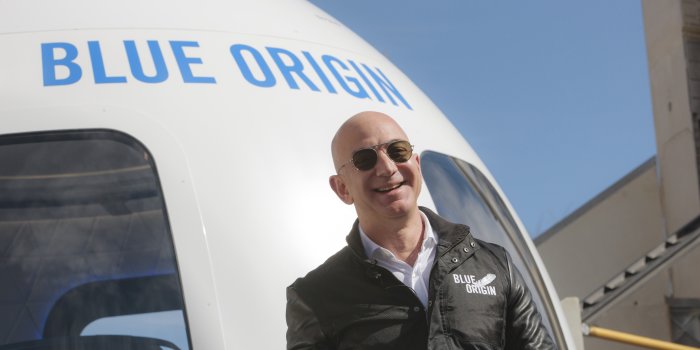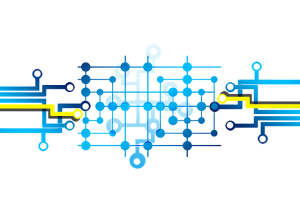Apple Inc. ($AAPL) Cautious Buy or Hold to $160 Confident Investor Rating: Fair

| Company name | Apple Inc. |
| Stock ticker | AAPL |
| Live stock price | [stckqut]AAPL[/stckqut] |
| P/E compared to competitors | Good |
MANAGEMENT EXECUTION
| Employee productivity | Good |
| Sales growth | Fair |
| EPS growth | Fair |
| P/E growth | Fair |
| EBIT growth | Fair |
ANALYSIS
| Confident Investor Rating | Fair |
| Target stock price (TWCA growth scenario) | $191.14 |
| Target stock price (averages with growth) | $177.56 |
| Target stock price (averages with no growth) | $89.8 |
| Target stock price (manual assumptions) | $181. |
The following company description is from Google Finance: http://www.google.com/finance?q=aapl
Apple Inc. (Apple) designs, manufactures and markets mobile communication and media devices, personal computers, and portable digital music players, and a variety of related software, services, peripherals, networking solutions, and third-party digital content and applications. The Company’s products and services include iPhone, iPad, Mac, iPod, Apple TV, a portfolio of consumer and professional software applications, the iOS and OS X operating systems, iCloud, and a variety of accessory, service and support offerings. The Company also delivers digital content and applications through the iTunes Store, App StoreSM, iBookstoreSM, and Mac App Store. The Company distributes its products worldwide through its retail stores, online stores, and direct sales force, as well as through third-party cellular network carriers, wholesalers, retailers, and value-added resellers. In February 2012, the Company acquired app-search engine Chomp.
Confident Investor comments: At this time, I think that a Confident Investor can cautiously invest in Apple Inc. as long as the price is correct. Most of the fundamentals of this company are good but there are some concerns.
If you would like to understand how to evaluate companies like I do on this site, please read my book, The Confident Investor. You can review the best companies that I have found (and I probably invest my own money in most of these companies) in my Watch List.
How was this analysis of Apple Inc. calculated?
For owners of my book, “The Confident Investor” I offer the following analysis (you must be logged in to this site as a book owner in order to see the following analysis). If you have registered and cannot see the balance of this article, make sure you are logged in and refresh your browser.
[s2If current_user_can(access_s2member_level1)]
In order to assist you in using the techniques of this book, the values that I used when calculating the Manual pricing above were:
- Stock price at the time of the calculation: $157.11
- Growth: 0.13
- Current EPS (TTM): $8.79
- P/E: 18
- Future EPS Calc: $16.19
- Future Stock Price Calc: $291.51
- Target stock price: $181
[/s2If]
I hope that this makes you a Confident Investor.




 Here’s a less-than-exhaustive list of all the applications to which the principle of specialized computing has been applied: Artificial intelligence, image recognition, self-driving cars, virtual reality, bitcoin mining, drones, data centers, even photography. Pretty much every technology company that makes hardware or supplies it — including Apple, Samsung, Amazon, Qualcomm, Nvidia, Broadcom, Intel, Huawei and Xiaomi — is exploiting this phenomenon. Even companies that only produce chips for their own use, including Microsoft, Google, and Facebook, are doing it.
Here’s a less-than-exhaustive list of all the applications to which the principle of specialized computing has been applied: Artificial intelligence, image recognition, self-driving cars, virtual reality, bitcoin mining, drones, data centers, even photography. Pretty much every technology company that makes hardware or supplies it — including Apple, Samsung, Amazon, Qualcomm, Nvidia, Broadcom, Intel, Huawei and Xiaomi — is exploiting this phenomenon. Even companies that only produce chips for their own use, including Microsoft, Google, and Facebook, are doing it.